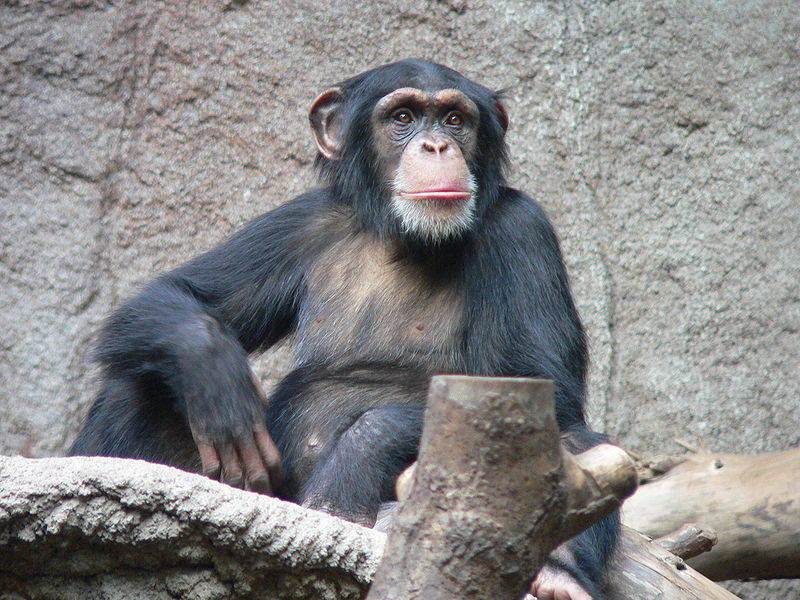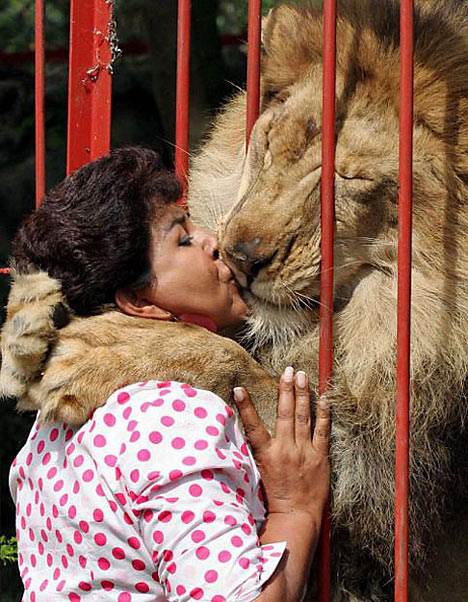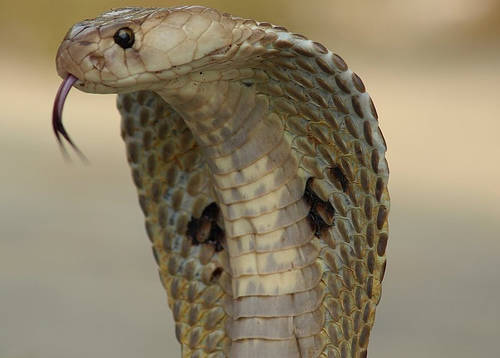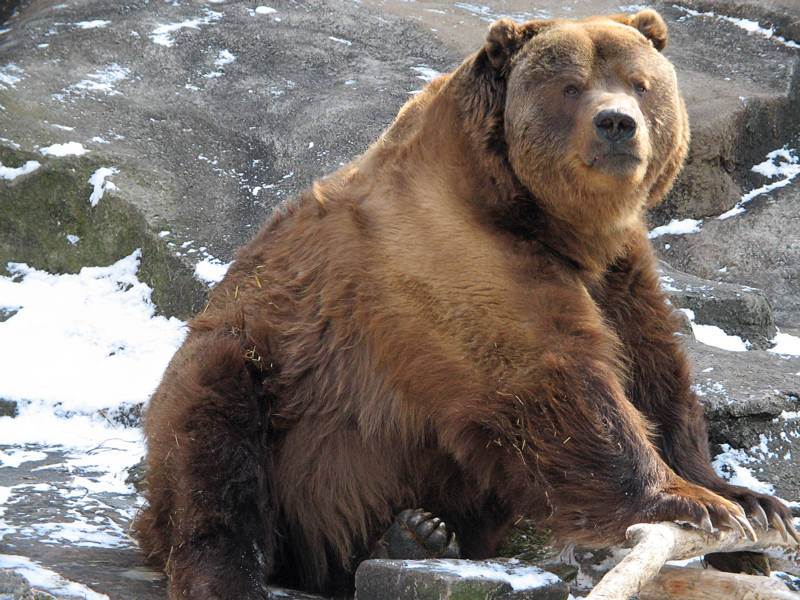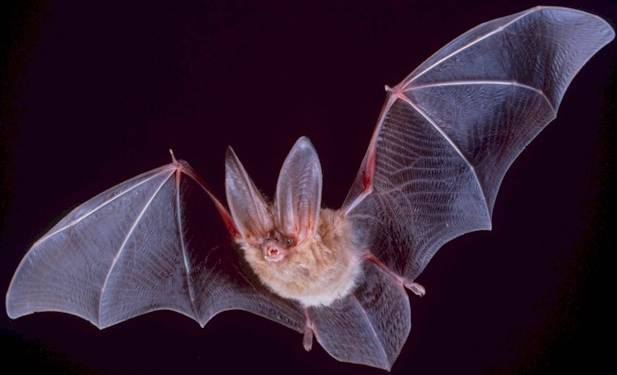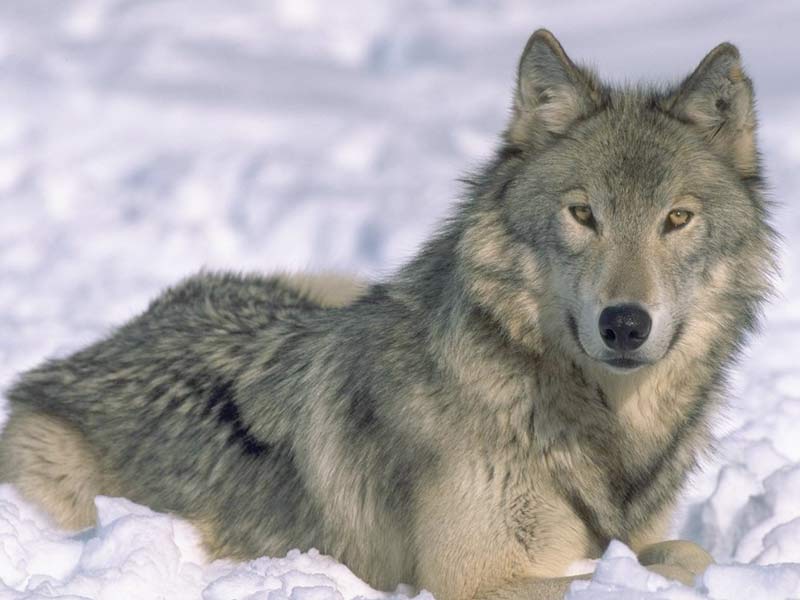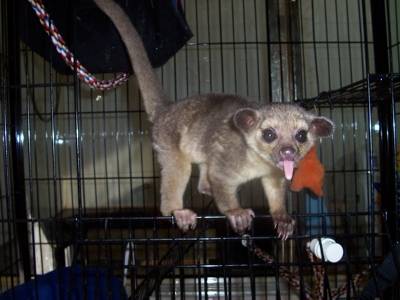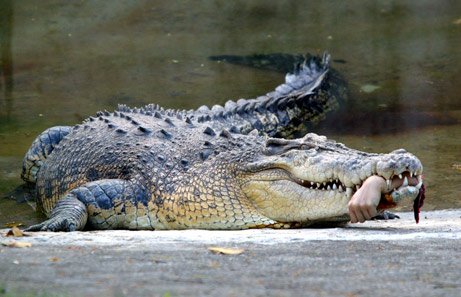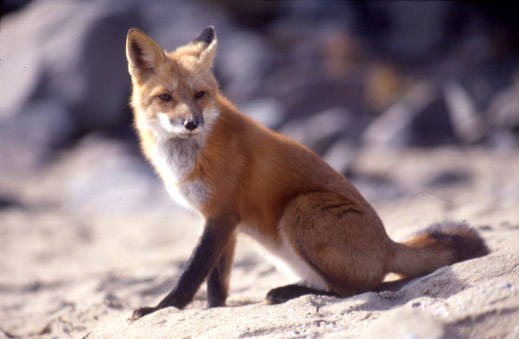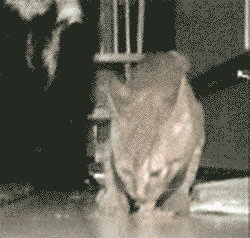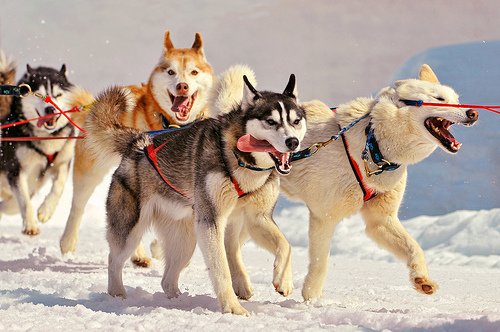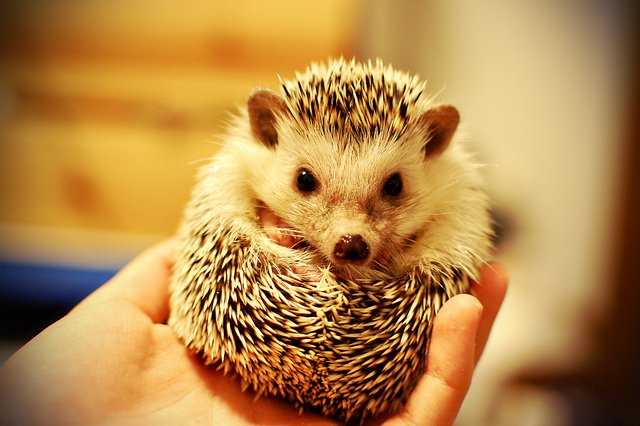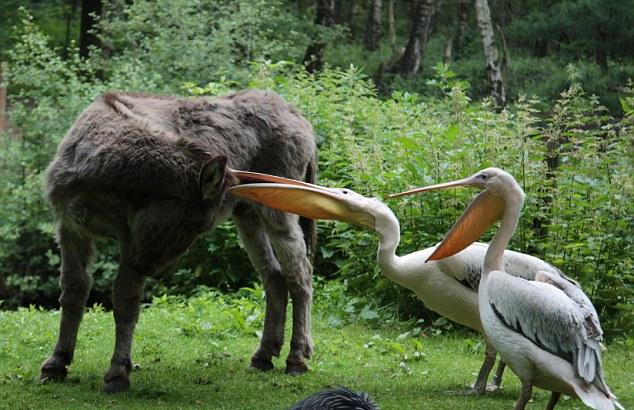10 Animals To Avoid Keeping as a Pet
With the variety of animals available to potential pet owners, one may have a hard time deciding which one is best for them. There are a number of animals that can be a great addition to your household, but plenty more that should only be kept under special circumstances, if at all. There are plenty of other kinds of animals that would make much better pets, and be far less dangerous to care for. Consider the following a list of 10 bad pets.
1. Primates
Lemurs, monkeys, chimpanzees, and baboons all fall into this primate category. They are cute and “child like”, but are not a substitute for human babies. Sure they are treated like babies with their owners putting them in diapers and strollers, but they also act like babies. Permanently. If they get angry they scream and throw a tantrum. But the biggest problem with pet monkeys is that they may go on a rampage without warning since they have no moral conscience, or bite their owners. This is especially scary given the fact that they can transmit diseases like Hepatitis A and HIV-1, the virus that causes AIDS.
2. Large Cats
Cougars, lions, tigers, and leopards make up the majority of large cats kept as pets. They are strong and dangerous, to say the least. Think you can just de-claw them like you did your little housecat, Fluffy? Think again. De-clawing removes the entire last bone in each toe. If you remove the tips of the toes of a large cat, they are unable to properly walk because of their size, and become paralyzed when done incorrectly. Plus, large cats like tigers kill their prey by biting their throats, not by clawing them to death. And if the teeth don’t kill you, their crushing jaw pressure will.
3. Venomous Snakes
These snakes could kill you with a single bite, and there is most likely no anti-venom close enough to help you. Some cobras can also cause immense pain and blindness just by spitting their venom into your eyes! There are plenty of pet snakes available that do not produce venom, so stick with the safer species. Extreme safety measures must be taken if kept in a home, and if they do escape, you are endangering the lives of all your neighbors.
4. Bears
Despite the fact that bears can weigh over 1500 pounds full grown, people still feel they are like cute and cuddly teddy bears. Bear cubs are appealing for many reasons, but they don’t stay small for long. They will tower over you when they stand on their hind legs, and can knock you over, or even kill you, with a swift blow of their paw. Are they trainable? Perhaps. Trustworthy, I think not.
5. Coatis
The coati (pronounced ko-wot-ee) is a member of the raccoon family. Originally from South America, these omnivores require a very large enclosure to roam about. They are extremely active and difficult to train. They have 38-40 sharp teeth, forage for their food, and require a lot of mental stimulation. Needless to say, even though they are kept as pets, they are still very much wild animals that deliver a pretty nasty bite.
6. Bats
What carries Rabies and SARS, has sharp teeth, sleeps all day, and flies all night? Bats. I shouldn’t have to say anything more than that. The truth is, bats are extremely cute and intriguing, but a hands-off approach is best. There is the possibility of zoonotic disease, plus no realistic way to care for a bat in your home. They can live over 30 years, hibernate for months in colder climates, and eat insects, fruit or blood at night. These little guys are better left outside. Don’t bring one of these cute critters into your home intentionally.
7. Wolves and Coyotes
There are reasons why we domesticated dogs. Their wolf and coyote ancestors were too wild to live alongside humans. Wolves and coyotes are still wild. They act on their instincts. They hunt when they are hungry, play when they want to, and sleep the rest of the day. If they feel threatened, they will attack. They can kill a full-grown moose, and sense the sickest animal in a herd, even when that animal shows no symptoms. Like large cats and bears, they are far from domesticated, and cannot be trusted. Wolfdogs have also grown in popularity as pets but are not much different from their pure wolf cousins, therefore, they too should be avoided.
8. Kinkajous
Also in the raccoon family, the kinkajou has grown in popularity in recent years. Smaller then its coati cousin, a kinkajou only reaches seven pounds but still has very sharp teeth and a high activity level. They are also nocturnal creatures and known to be aggressive on occasion. They especially do not like being awoken during the day, and can emit quite a scream and attack by clawing and biting their owners.
9. Alligators and Crocodiles
Think these reptiles look cute and harmless as babies? That won’t last long. The American Alligator can reach over 14 feet in length and kill prey as large as cattle. Most homes in the US cannot accommodate such a large predator. These animals can cause serious infections from bites, causing limb amputations, knock you down with a whip of their tail while it breaks your legs, and even kill you with their bite force of around 2000 pounds.
10. Foxes
With the exception of the tiny Fennec fox, I don’t recommend keeping Arctic or Red foxes as pets. They can become very tame, but never fully trustworthy and are especially dangerous around children. They are far from being domesticated. They also have a musky odor that is far worse than a ferret’s. They have teeth like any other canine and if scared they may resort to their wild instincts and cause you or someone else harm. Most states will destroy a pet fox if a bite is reported because there is no vaccination protocol.
